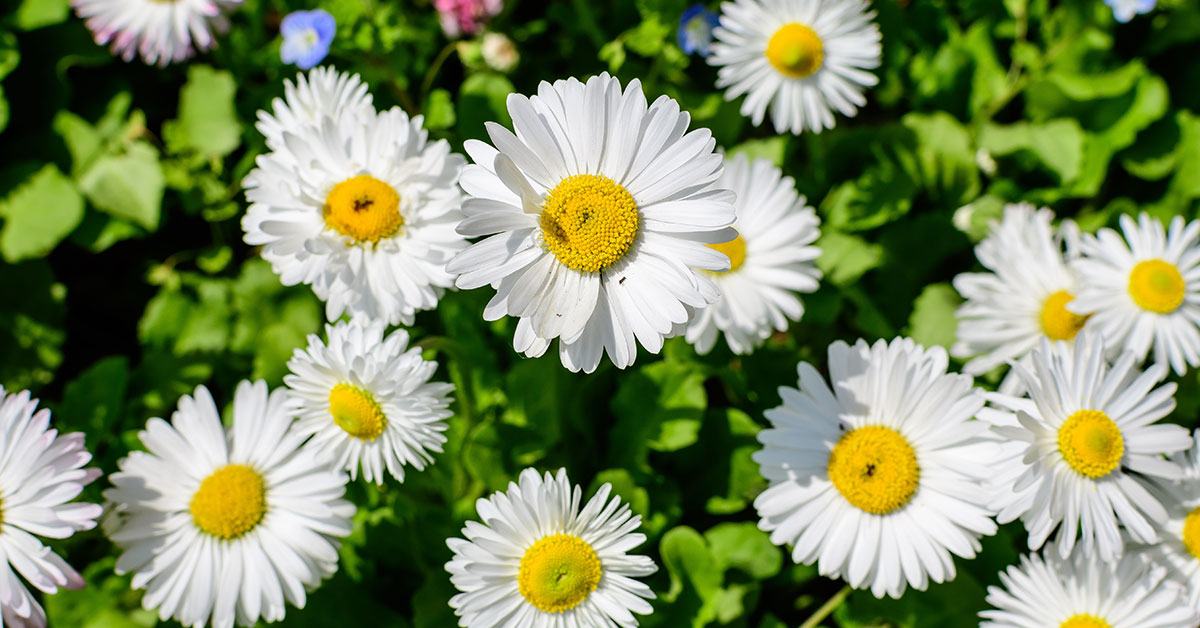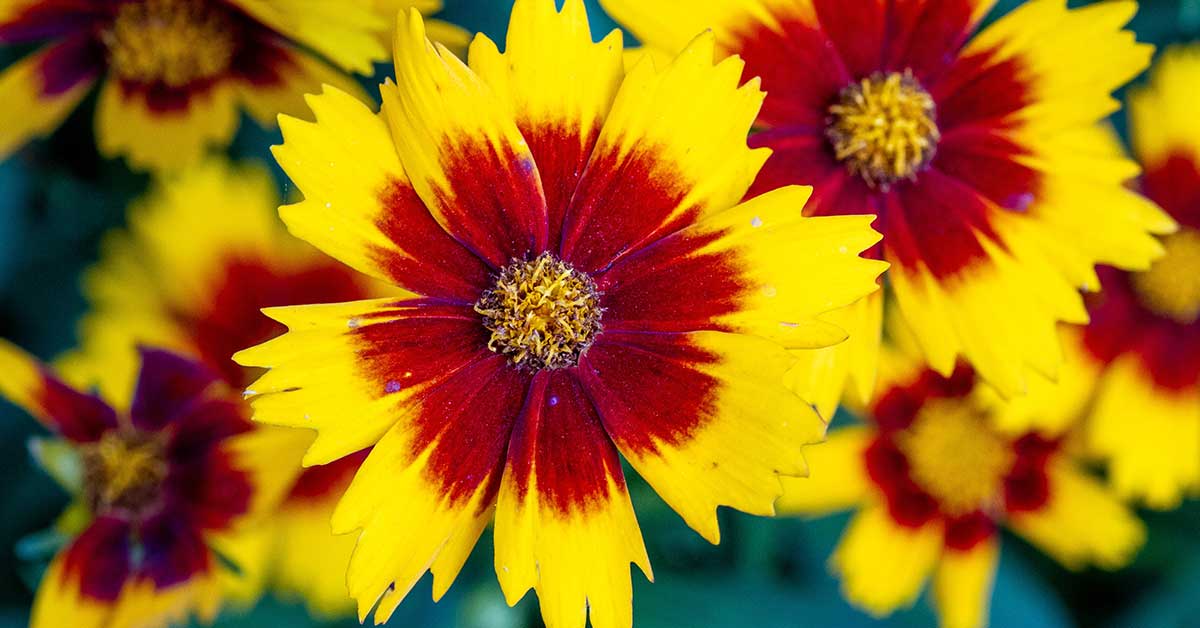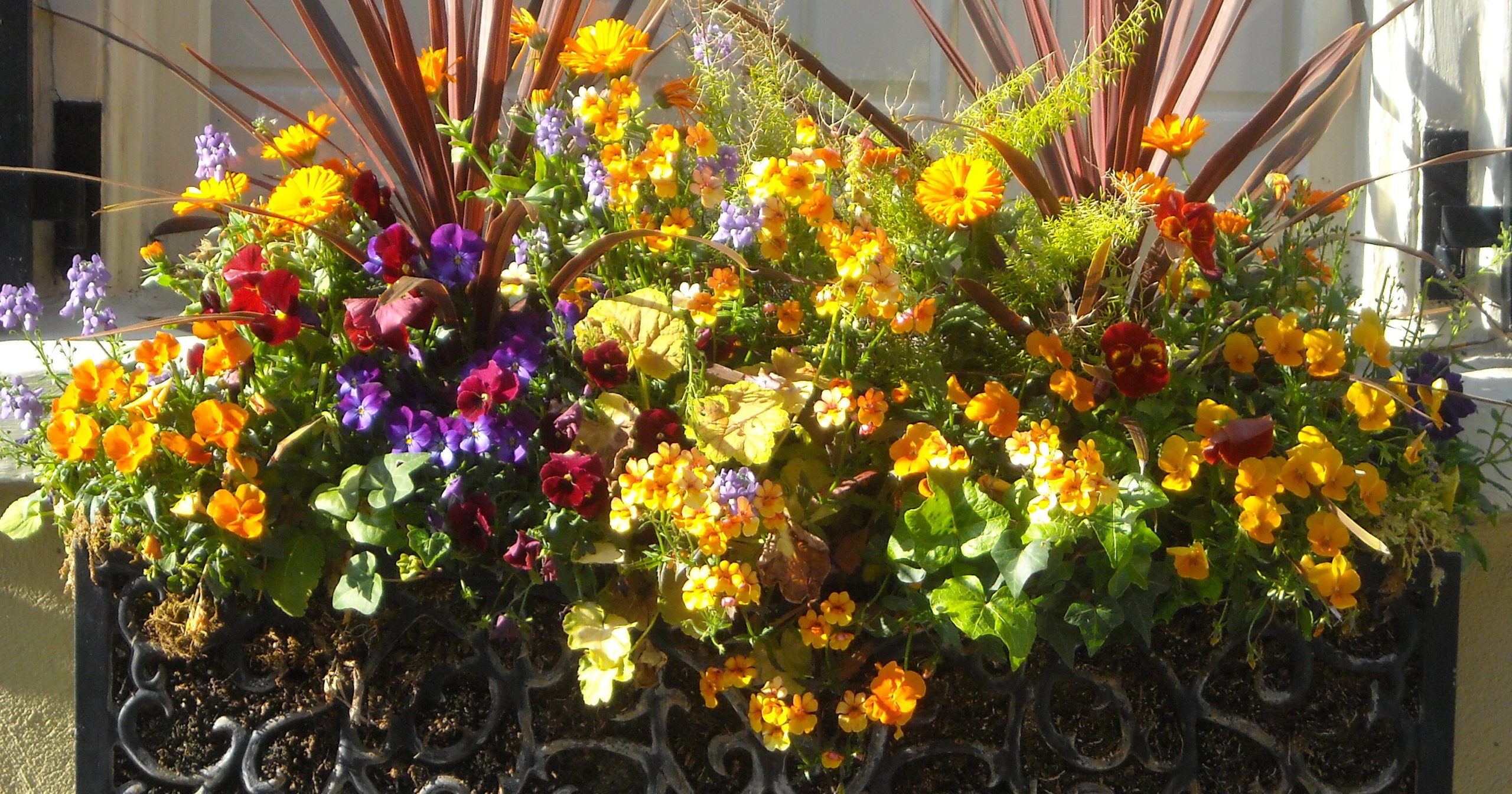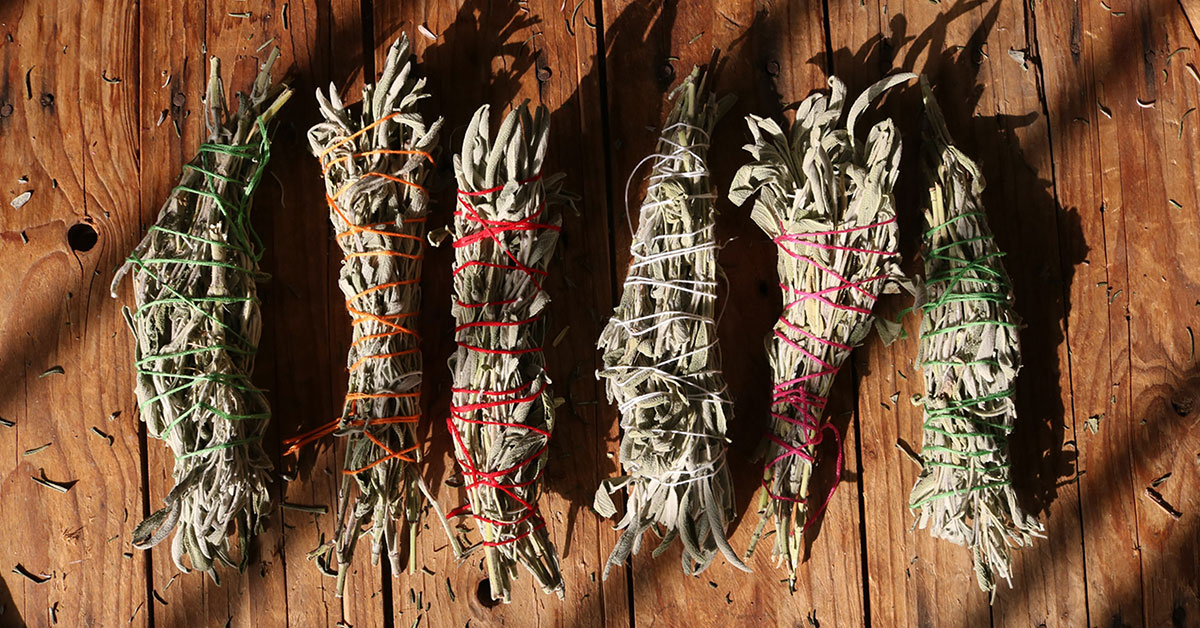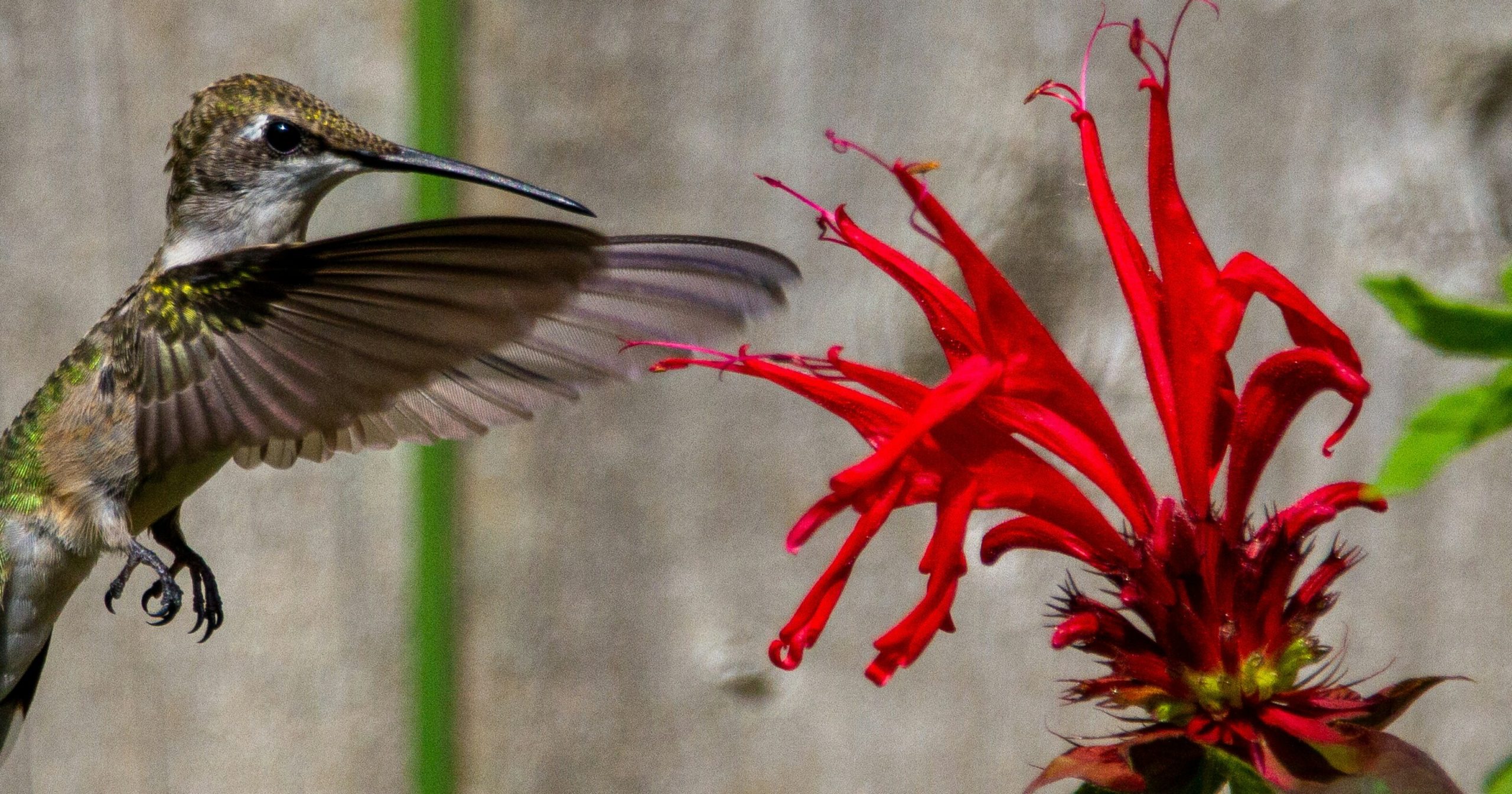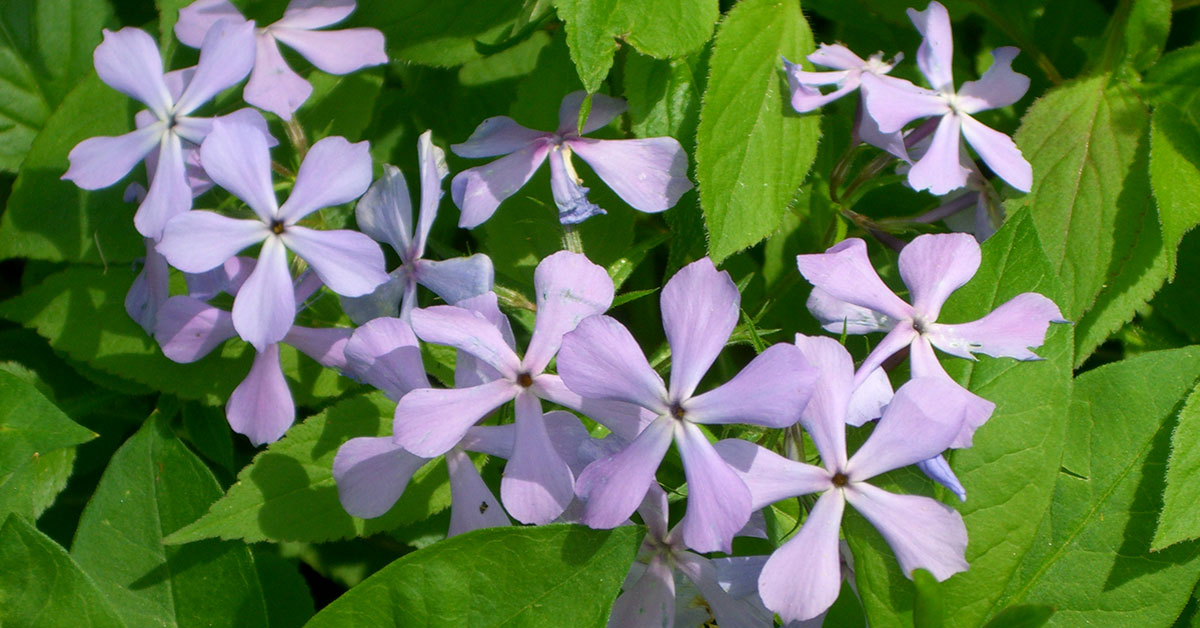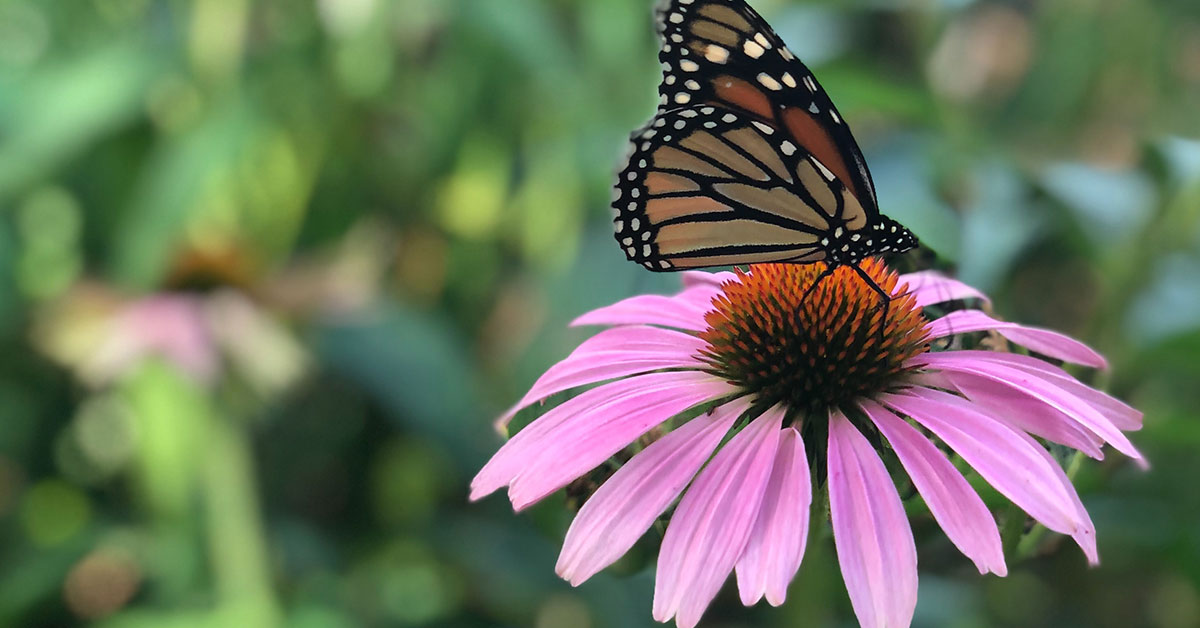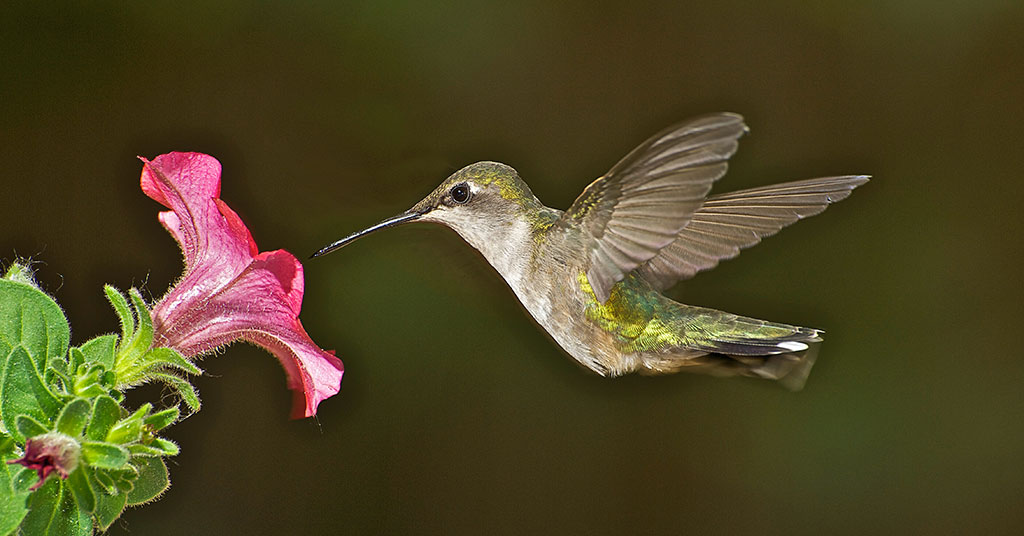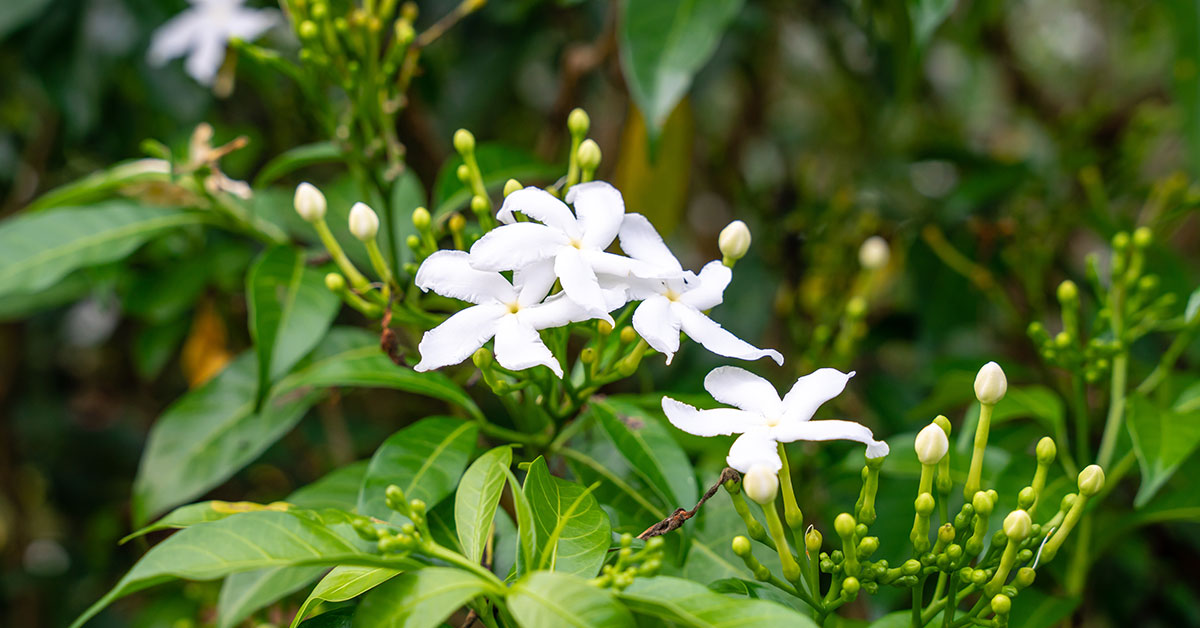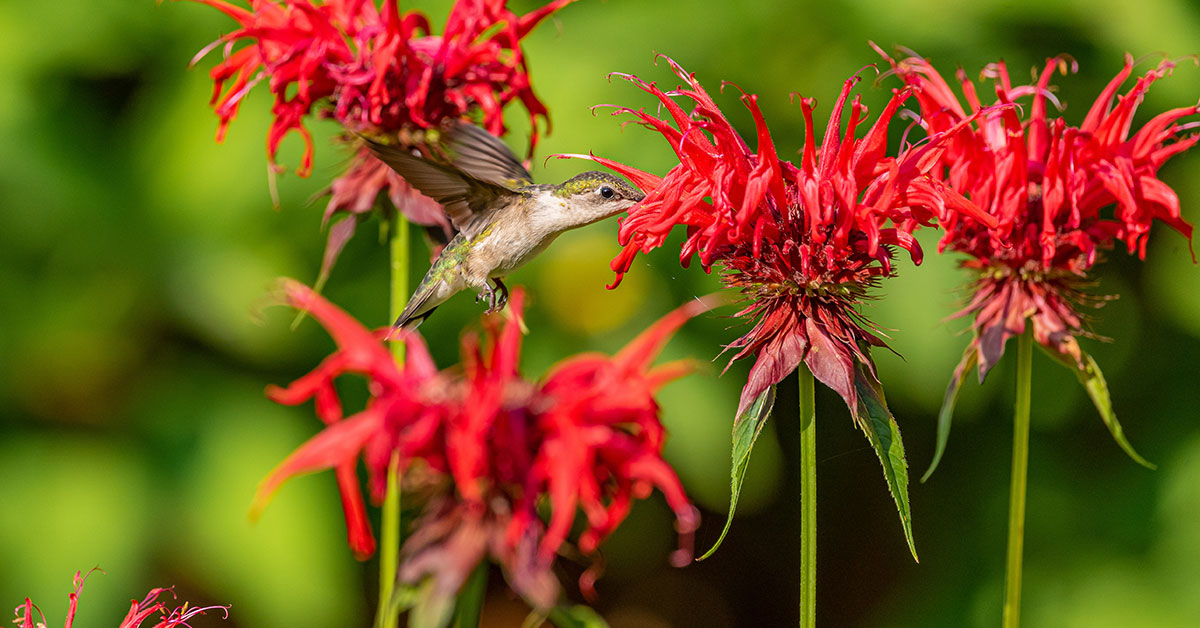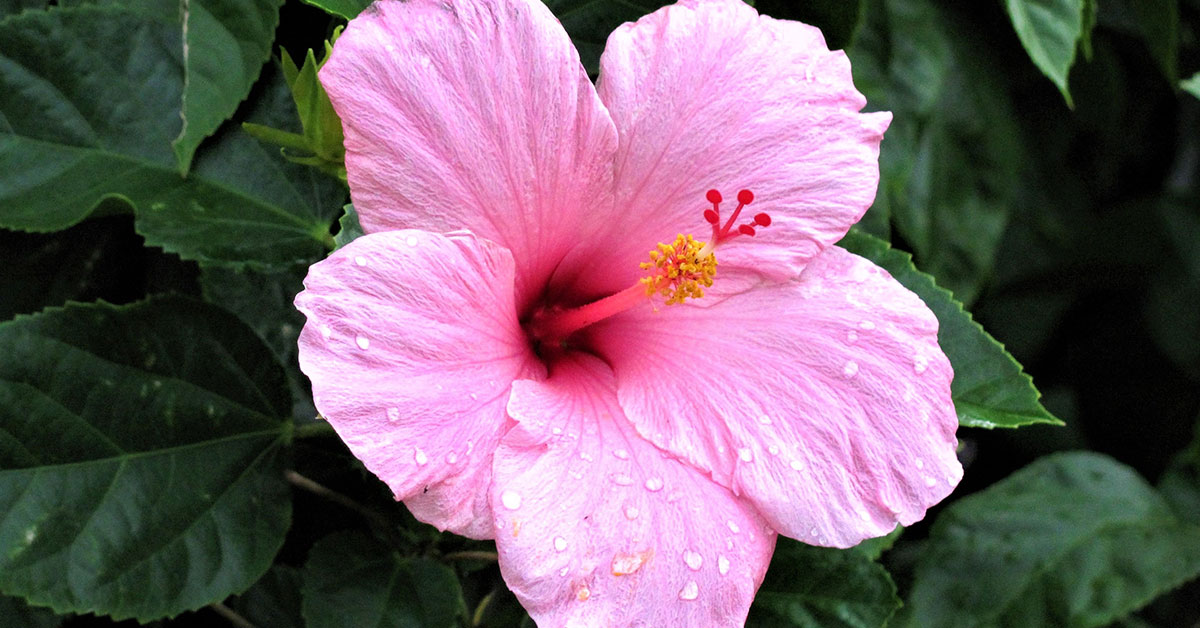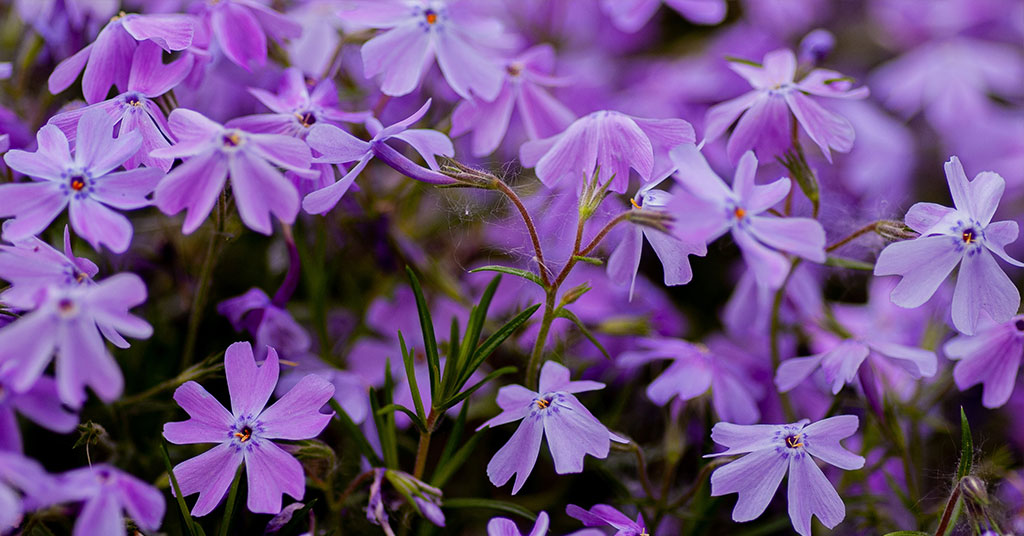White daisies are a popular choice for gardeners, as they add a touch of classic elegance to any landscape. There are several types of white daisy varieties available, each with its own unique characteristics and features. In this article, we will explore some of the most common white daisy varieties, including their origin, physical characteristics, and growing requirements.
White daisy varieties for your garden
White daisies are a popular addition to gardens and landscapes for a variety of reasons. First, they are easy to grow and require minimal maintenance, making them a great option for beginner gardeners. Additionally, white daisies provide a classic and timeless look that can complement any garden style, from rustic to modern.
They also attract beneficial insects such as bees and butterflies, helping to promote pollination and biodiversity in the garden. White daisies also make great cut flowers, adding a bright and cheerful touch to any bouquet. With their simplicity and versatility, these white daisy varieties are a fantastic choice for any garden or landscape.
Shasta Daisy
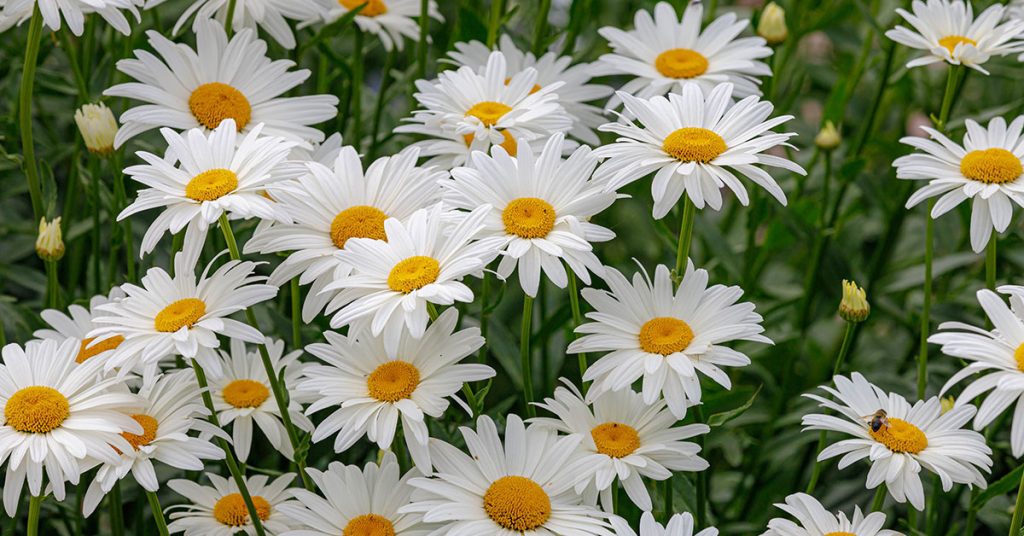
Shasta daisies, also known as Leucanthemum x superbum, are a classic garden favorite among gardeners worldwide. These hardy perennials bloom from early to mid summer and produce an abundance of large, white flowers that can be up to 4 inches (10 cm) across. These plants are easy to grow, require minimal maintenance, and are great for attracting pollinators like bees and butterflies to your garden.
One of the reasons gardeners love Shasta daisies is that they are low-maintenance and adaptable to various growing conditions. They prefer full sun but can tolerate some light shade and are relatively drought-tolerant once established. They can grow in various soil types, including sandy or clay soils, as long as the soil is well-draining.
Oxeye Daisy

The oxeye daisy, or Leucanthemum vulgare, is a perennial plant native to Europe and Asia. It is characterized by its small, white, daisy-like flowers with yellow centers. The flowers bloom in early summer and can grow up to 2 inches in diameter. Oxeye daisies are easy to grow and prefer full sun to partial shade.
Snowy Daisy Bush
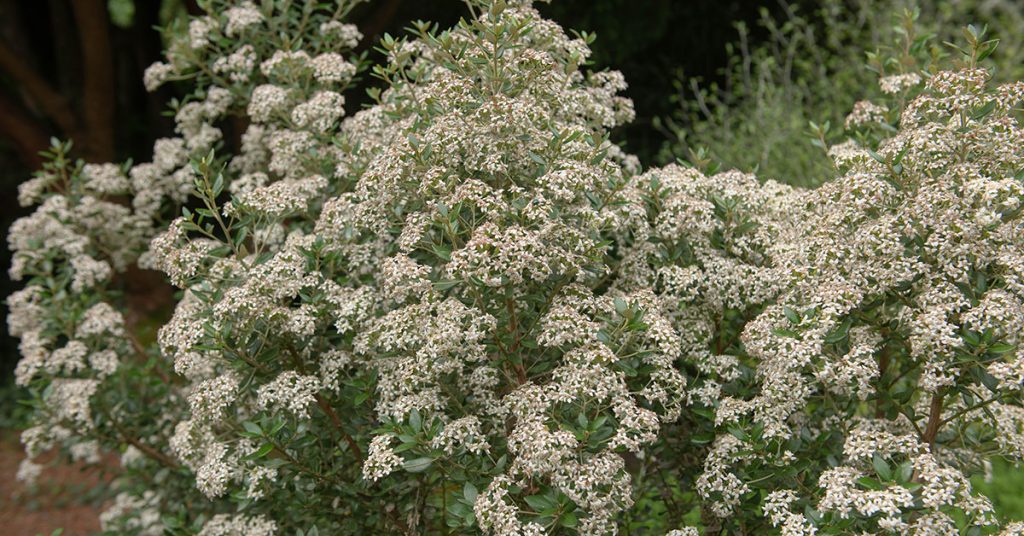
The snowy daisy bush, or Olearia haastii, is a shrub that originated in New Zealand. It is known for its small, white, daisy-like flowers that bloom in summer. The flowers are surrounded by dense, silvery-green foliage that gives the plant a bushy appearance. Snowy daisy bushes prefer full sun and well-draining soil.
Michaelmas Daisy
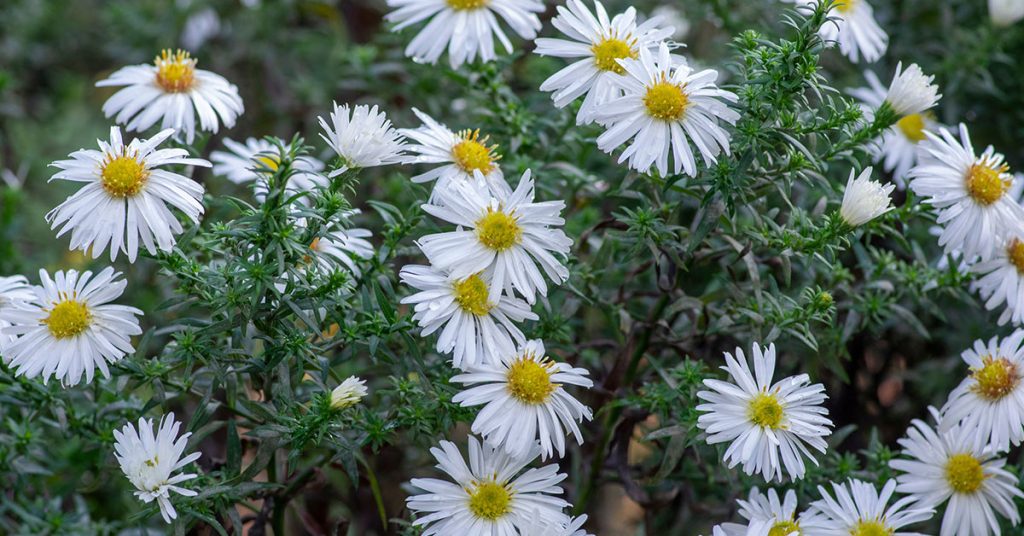
The Michaelmas daisy, or Aster novi-belgii, is a perennial plant that originated in North America. It is characterized by its small, white, daisy-like flowers with yellow centers. The flowers bloom in late summer or early fall and can grow up to 2 inches in diameter. Michaelmas daisies prefer full sun to partial shade and well-draining soil.
English Daisy
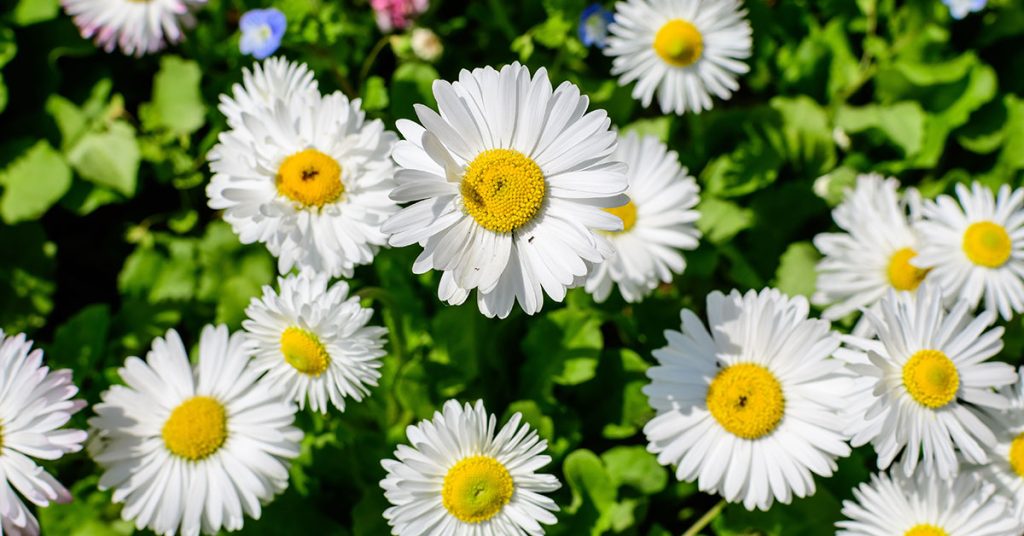
The English daisy, or Bellis perennis, is a perennial plant that originated in Europe. It is known for its small, white, daisy-like flowers with pink or red centers. The flowers bloom in spring and can grow up to 2 inches in diameter. English daisies prefer partial shade and well-draining soil.
White daisy varieties are a beautiful and versatile addition to any garden. From the large, showy blooms of the Shasta daisy to the delicate flowers of the English daisy, there is a white daisy variety to suit every gardener’s preferences. With proper care and attention, these plants can thrive and provide years of enjoyment.
